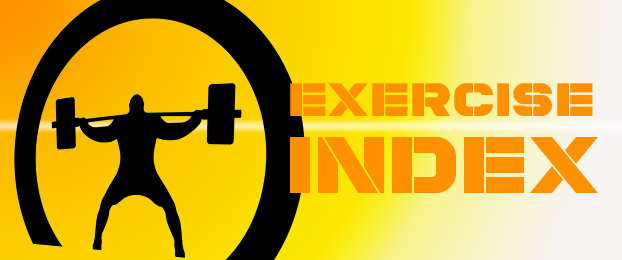
This movement is unreal for bringing up your deadlift. By using a Jump Stretch platform or your own homemade one, loop the bands around the bar and platform. You can adjust the tension as you like but having the tension kick in fast seems to be the ticket.
This is best done using one or two mini-bands folded in half for each side. Once you're set up, begin to pull the bar the same way you would a deadlift. This will help bring up the midpoint and top of the deadlift while teaching you how to pull off the floor.
This movement is great for those who are weak at the top of the lift. It'll teach you to accelerate the bar to the top, but this isn't the best choice of max effort movement if you're weak off the floor. Band deadlifts can also be used for dynamic deadlift training. Most lifters who use dynamic deadlifts will do them right after their dynamic squat movement. This way you move right from one explosive movement to the next. You won't need much of a warm-up and should be able to go right into your training weight.
There are many different dynamic deadlift cycles to choose from. I'm including two for you to start with:
Three Week Dynamic Deadlift Cycle with Double Mini-Bands
Week 1 — 45% for 6-8 singles
Week 2 — 50% for 6-8 singles
Week 3 — 55% for 6-8 singles
Three Week Dynamic Deadlift Cycle for Those Weak Off the Floor
Week 1 — 50% for 6-8 singles standing on 1 one-inch mat
Week 2 — 50% for 6-8 singles standing on 2 one-inch mats
Week 3 — 50% for 6-8 singles standing on 3 one-inch mats
Training Mistakes:
Make sure to keep your shoulders behind the bar, round your upper back and arch your lower back.
Not having band tension at the start of the lift.
For dynamic work: Using very heavy bands is okay for specific training cycles, but keep in mind this is speed work. If you add a ton of band tension, make sure to reduce the weight to ensure bar speed.
For max effort work: Just max out. Who cares if it's a ton of band tension and light weight, or a ton of weight and light bands. Just get it on!









